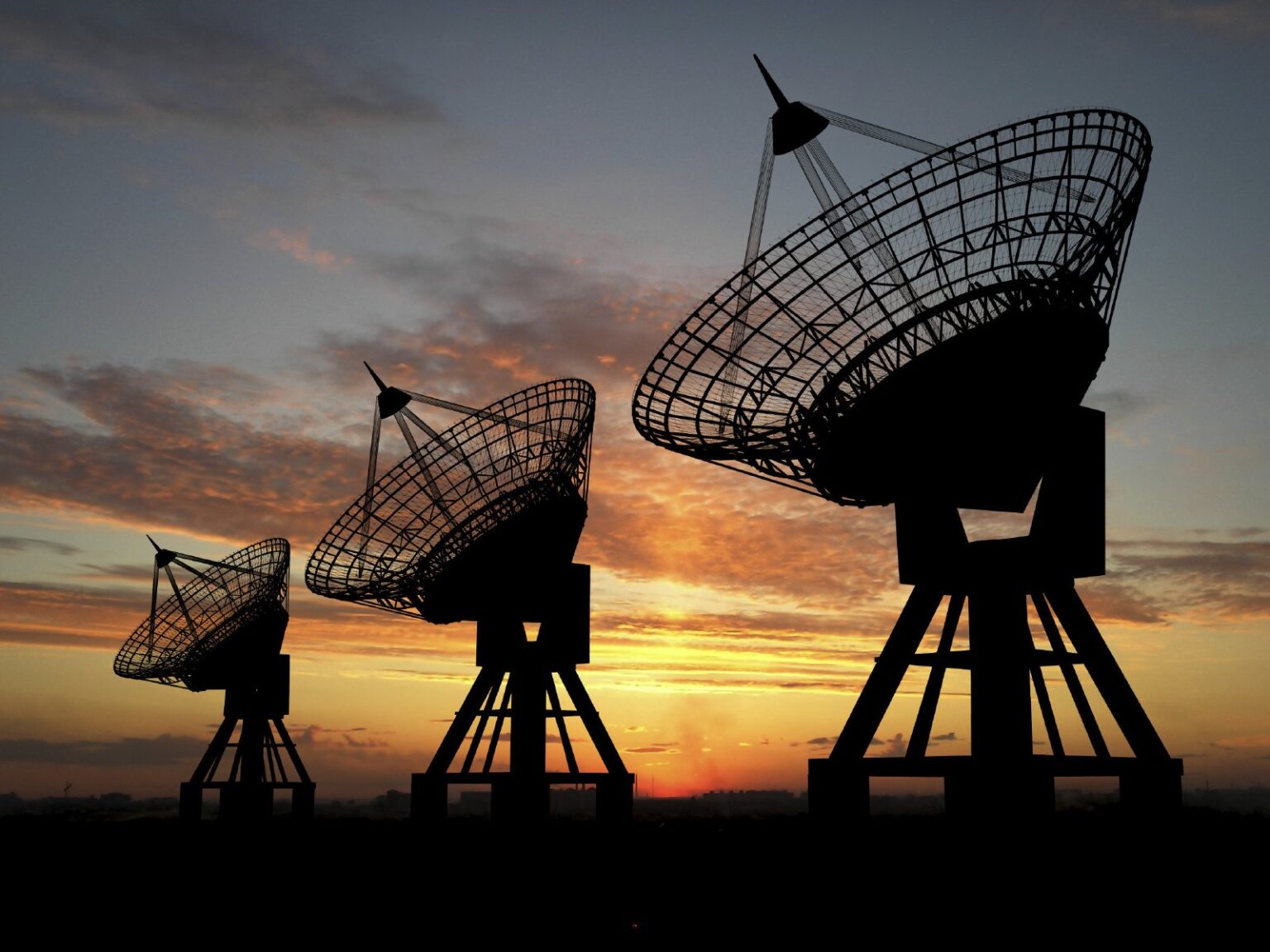Table of Contents
Digital receiver technology represents a fundamental shift in how signals are received, processed, and utilized across various communication systems. As advancements in digital processing continue to evolve, the capabilities and efficiency of digital receivers have expanded significantly, impacting numerous industries such as telecommunications, broadcasting, radar, and satellite communications. This article delves into the key concepts, components, and applications of digital receiver technology, offering an in-depth understanding of its importance in the modern world.
Understanding the Basics of Digital Receivers
The Role of Digital Receivers in Communication Systems
Digital receivers play a crucial role in communication systems by converting analog signals into digital data that can be processed by computers and other digital devices. This conversion is essential for the accurate transmission, reception, and interpretation of data in various forms, including audio, video, and data streams. Unlike their analog counterparts, digital receivers offer improved noise immunity, greater flexibility, and enhanced signal processing capabilities.
Key Components of a Digital Receiver
A Digital Receiver Technology typically consists of several core components, each performing a specific function within the signal processing chain. These components include:
Antenna The antenna is responsible for capturing the incoming radio frequency (RF) signals from the surrounding environment. It is the first point of contact for the signal before it undergoes any processing.
RF Front-End The RF front-end includes amplifiers, filters, and mixers that prepare the received signal for further processing. The primary function of the RF front-end is to amplify the signal, filter out unwanted frequencies, and down-convert the signal to a lower intermediate frequency (IF) or baseband.
Analog-to-Digital Converter (ADC) The ADC converts the analog IF or baseband signal into a digital signal. This conversion is a critical step, as it allows the signal to be processed using digital signal processing (DSP) techniques.
Digital Signal Processor (DSP) The DSP performs a variety of tasks, including demodulation, decoding, and error correction. It is the heart of the digital receiver, enabling the extraction of useful information from the received signal.
Demodulator and Decoder: The demodulator extracts the original data from the modulated carrier signal, while the decoder interprets the encoded information, ensuring accurate data recovery.
Advantages of Digital Receiver Technology

Digital receiver technology offers several advantages over traditional analog systems:
Improved Signal Quality Digital receivers are less susceptible to noise and interference, resulting in clearer signals and better overall performance.
Enhanced Flexibility Digital processing allows for the implementation of complex algorithms and adaptive techniques, which can optimize performance based on varying signal conditions.
Scalability Digital receivers can be easily upgraded or modified through software updates, making them adaptable to changing requirements.
Cost Efficiency As digital technology advances, the cost of digital receivers continues to decrease, making them accessible to a broader range of applications.
Signal Processing in Digital Receivers
The Importance of Signal Processing
Signal processing is at the core of digital receiver technology. It involves the manipulation and analysis of the received signal to extract meaningful information while minimizing distortion and interference. The efficiency and effectiveness of signal processing directly impact the performance of the digital receiver.
Digital Filtering
Digital filters play a vital role in signal processing by selectively enhancing or suppressing certain frequency components of the received signal. These filters can be designed to meet specific requirements, such as removing unwanted noise or enhancing the desired signal. Types of digital filters commonly used in digital receivers include:
Low-Pass Filters These filters allow low-frequency signals to pass through while attenuating high-frequency noise.
High-Pass Filters These filters allow high-frequency signals to pass through while attenuating low-frequency noise.
Band-Pass Filters These filters allow signals within a specific frequency range to pass through while attenuating signals outside this range.
Demodulation Techniques

Demodulation is the process of extracting the original information-bearing signal from the modulated carrier wave. Digital receivers employ various demodulation techniques, depending on the type of modulation used in the transmission. Common demodulation techniques include:
Amplitude Demodulation Used for amplitude modulated (AM) signals, where the amplitude of the carrier wave is varied in proportion to the message signal.
Frequency Demodulation Used for frequency modulated (FM) signals, where the frequency of the carrier wave is varied according to the message signal.
Phase Demodulation Used for phase modulated (PM) signals, where the phase of the carrier wave is varied in relation to the message signal.
Error Detection and Correction
In digital communication, errors can occur during transmission due to noise, interference, or other factors. Digital receivers use error detection and correction techniques to ensure the accurate recovery of data. Common methods include:
Parity Check A simple error detection method that adds an extra bit to the data to indicate whether the number of 1s in the data is odd or even.
Cyclic Redundancy Check (CRC) A more robust error detection method that uses polynomial division to generate a checksum, which is compared with the transmitted data to detect errors.
Forward Error Correction (FEC) A technique that adds redundant data to the transmitted signal, allowing the receiver to detect and correct errors without requiring retransmission.
Applications of Digital Receiver Technology
Telecommunications
Digital receivers are integral to modern telecommunications systems, enabling reliable and efficient communication over various mediums, including wired, wireless, and satellite networks. In mobile communication, digital receivers are used in smartphones, base stations, and other devices to facilitate voice, data, and multimedia services.
Broadcasting
In broadcasting, digital receivers are used in television and radio systems to receive and decode digital signals transmitted over the air, via cable, or through satellite. The transition from analog to digital broadcasting has significantly improved the quality and variety of content available to consumers.
Radar Systems
Radar systems rely on Digital Receiver Technology to process reflected signals and generate accurate information about the location, speed, and characteristics of objects. Digital receiver technology has enhanced the performance of radar systems in various applications, including aviation, weather monitoring, and military surveillance.
Satellite Communications
Satellite communication systems use digital receivers to receive signals transmitted from satellites in orbit. These receivers are essential for applications such as global positioning systems (GPS), satellite television, and internet services.
Military and Defense

In military and defense applications, digital receivers are used in a wide range of systems, including communication, navigation, radar, and electronic warfare. The ability to process complex signals and resist jamming makes digital receivers critical for maintaining secure and reliable operations.
Challenges and Future Trends in Digital Receiver Technology
Challenges in Digital Receiver Design
Despite the numerous advantages, digital receiver technology faces several challenges:
Power Consumption Digital receivers require significant processing power, which can lead to high energy consumption, especially in portable or battery-powered devices.
The design and implementation of digital receivers can be complex, requiring specialized knowledge and expertise.
Latency The digital processing of signals can introduce delays, which may be critical in time-sensitive applications.
Cost While digital receivers have become more affordable, the initial cost of development and deployment can still be high for certain applications.
Future Trends
The future of digital receiver technology is promising, with several trends driving its evolution:
Software-Defined Radio (SDR) SDR technology allows the functionality of digital receivers to be defined by software, enabling greater flexibility and adaptability. This trend is expected to continue, with more systems incorporating SDR for improved performance and scalability.
Machine Learning and AI The integration of machine learning and artificial intelligence (AI) into digital receivers can enhance signal processing capabilities, enabling more efficient handling of complex signals and adaptive techniques.
5G and Beyond: The rollout of 5G networks and the development of beyond-5G technologies will drive the demand for advanced digital receivers capable of handling higher data rates, lower latencies, and more complex waveforms.
Miniaturization As digital receiver technology continues to evolve, there is a growing trend toward miniaturization, making it possible to integrate digital receivers into smaller, more portable devices without sacrificing performance.
Conclusion
Digital receiver technology is a cornerstone of modern communication systems, enabling the efficient and reliable transmission of information across various mediums. From telecommunications to broadcasting, radar, and satellite communications, digital receivers have revolutionized the way we receive and process signals. As technology continues to advance, digital receivers will play an increasingly important role in shaping the future of communication, offering enhanced capabilities, greater flexibility, and improved performance. Despite the challenges, the future of digital receiver technology is bright, with emerging trends and innovations set to drive continued growth and development in this critical field.
For More Information Please Visit These Websites Viprow And Vecteezy

